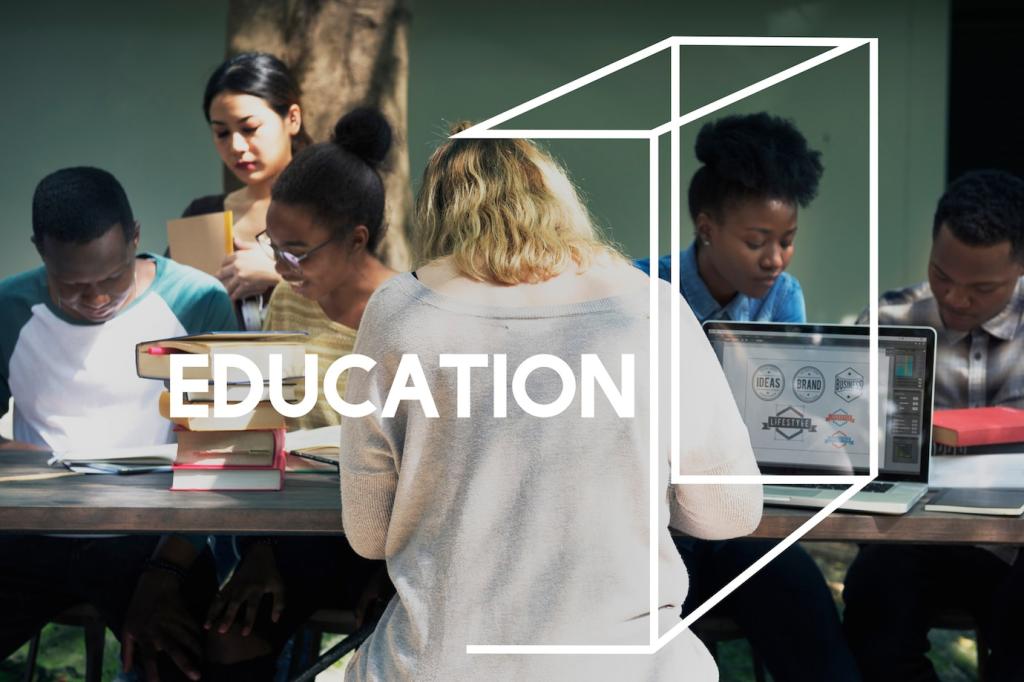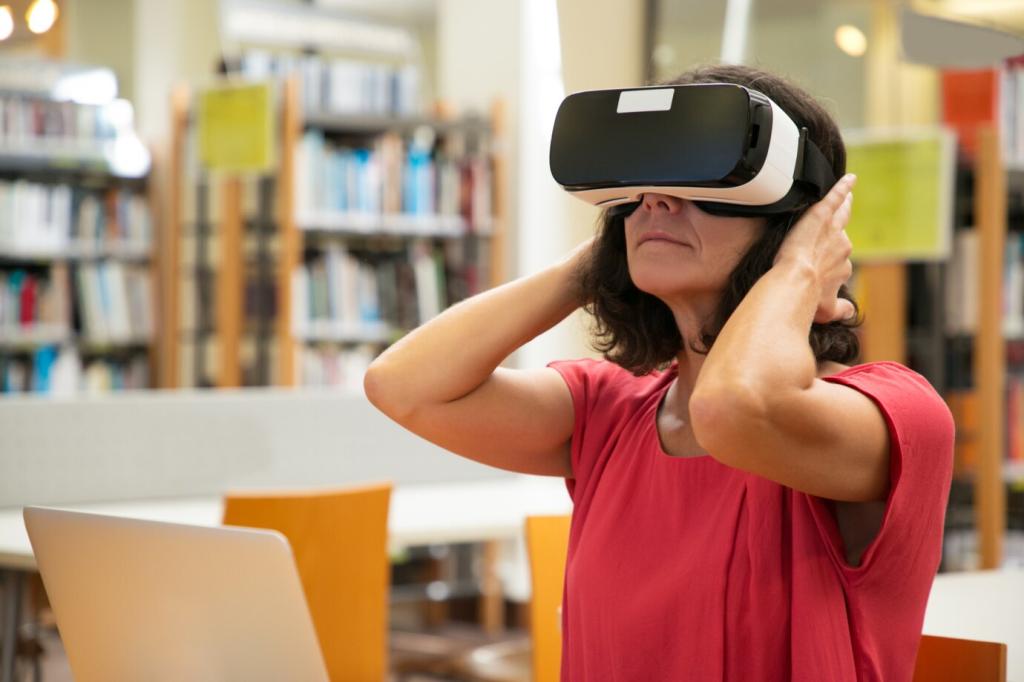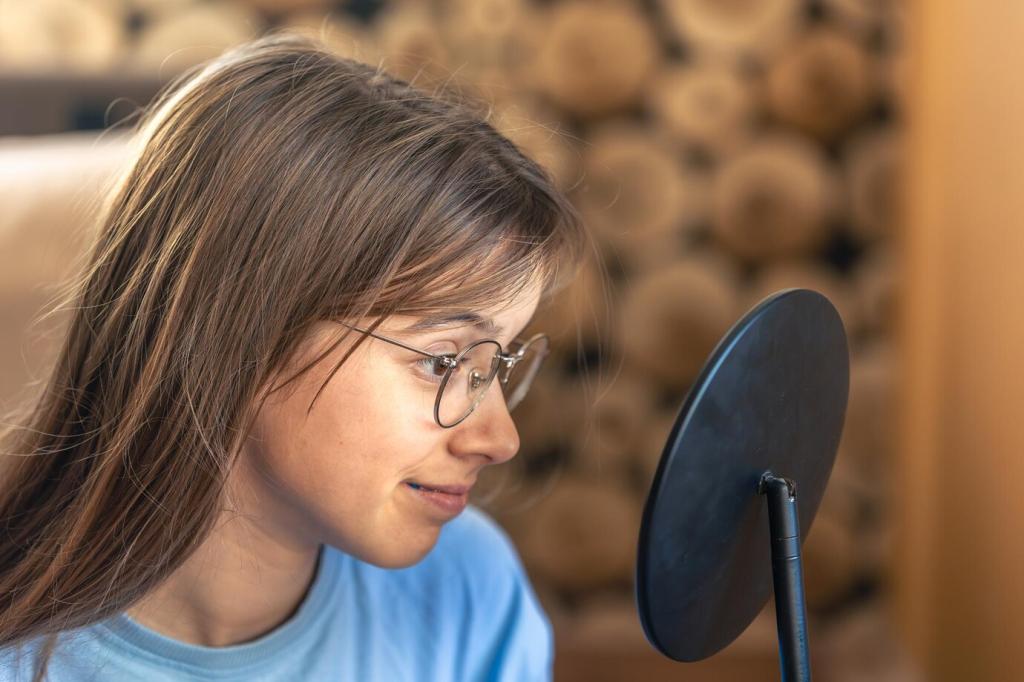Personalized Education Paths for the Future Generation
Why Personalization Changes Everything
A Student Story: Maya’s Turning Point
Maya dreaded math until her teacher mapped goals to her love of music production. Beats became fractions, tempo explained ratios, and studio sessions rewarded mastery. Her confidence rose, grades followed, and, most importantly, she claimed learning as something she could shape. Share your learner’s spark below.
What the Research Suggests
Studies show mastery-based pacing, timely feedback, and student choice correlate with stronger retention and engagement. When learners set goals and see progress, persistence increases. Personalization, done equitably, is not indulgence—it is precision, reducing frustration while preserving productive challenge. Subscribe for our monthly research digest.
From Compliance to Curiosity
Personalized paths shift the question from “Did I finish?” to “What did I discover?” When learners see relevance to real life and future goals, effort compounds. They practice metacognition, celebrate small wins, and ask better questions. Tell us: which question woke up your classroom this week?
Designing the Building Blocks
Begin with low-stakes, high-insight diagnostics that illuminate strengths and needs without labels that stick. Use quick concept checks, interest surveys, and reflective prompts. Invite students to interpret results and co-author goals, building trust and agency from day one.



Technology as an Enabler, Not the Driver
Explain what data you collect, why it matters, and how it will improve learning. Offer opt-ins when possible and anonymize where practical. Use dashboards to spark conversations with students, not to automate verdicts about potential.
Technology as an Enabler, Not the Driver
AI can suggest next steps, draft explanations, and differentiate practice. Teachers remain the architects of meaning, culture, and care. Pair AI guidance with teacher conferences so feedback is both immediate and deeply contextualized to the learner’s story.
Equity-Centered Personalization
Universal Design for Learning in Action
Offer multiple ways to engage, represent content, and demonstrate understanding. Provide captions, transcripts, manipulatives, and choice in expression. UDL ensures flexibility is planned, not patched, making personalization robust rather than ad hoc.
Culturally Sustaining Pathways
Connect projects to community histories, family narratives, and local challenges. Invite elders, entrepreneurs, and artists to co-mentor. Relevance is not decoration; it is an academic accelerator. Share a community partnership idea we should spotlight next month.
Accessibility From the Start
Design materials with screen-reader compatibility, color-contrast checks, and flexible timing. Provide quiet zones and movement breaks. Consider executive function supports like checklists and timers. When access is built-in, independence flourishes.

Learning Beyond the Classroom Walls
Pair students with local mentors for short, purposeful projects—two weeks in a library makerspace, Saturdays at a community garden, or shadowing a civic leader. Reflection journals connect experiences to academic goals and career exploration.


Learning Beyond the Classroom Walls
Replace mystery with transparency. Share progress snapshots, upcoming goals, and celebration points families can witness and support. Offer conversation starters so families ask informed questions that truly move learning forward. Invite parents to our subscriber Q&A.
Measuring What Matters
Replace single grades with evidence of skills over time. Show artifacts, reflections, and mentor feedback aligned to competencies. This paints a richer picture for colleges, employers, and, most importantly, the learner’s evolving self-concept.
Measuring What Matters
Curate portfolios that reveal process, not just polished outcomes. Include failures, retries, and turning points. Ask students to narrate how feedback changed their approach. Invite readers to comment with questions, not just praise, to deepen reflection.


A One-Week Pilot Plan
Day one: baseline check and interest survey. Days two to four: adaptive playlist with mini-conferences. Day five: reflection circle and portfolio upload. Collect evidence, note surprises, and refine. Tell us how it went in the comments.
Student Voice, Every Week
Use a two-question pulse: What helped you learn this week? What should we change next? Chart responses visibly and act quickly. When students see their feedback shape the path, trust and effort rise together.
Share, Subscribe, Sustain
Post your pilot plan, artifacts, and lessons learned. Invite a colleague to co-design the next iteration. Subscribe for templates, case studies, and monthly office hours where we troubleshoot real challenges together.
